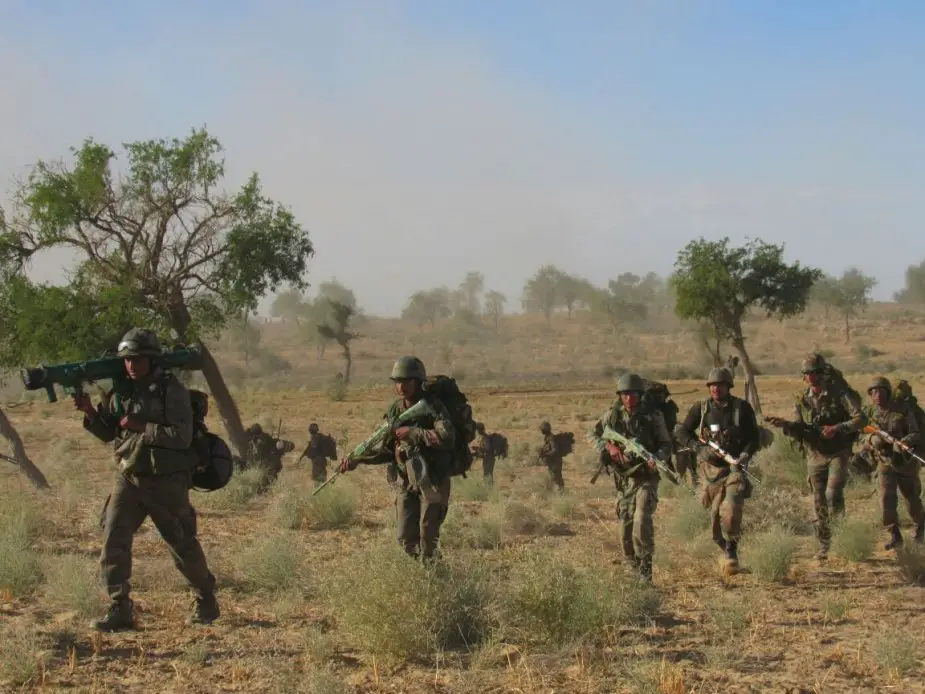A major military exercise of Indian Army ‘Exercise-SINDU SUDARSHAN-VII‘ is being conducted from 13 – 18 Nov with more than 40,000 troops, besides several tanks, artillery guns and attack helicopters participating on India’s western front with Pakistan between Barmer and Jaisalmer. The exercise aims at testing the ‘battle readiness’ of the Sudarshan Chakra Corps, a ‘strike formation’ (meant for attacking in enemy territory), in an integrated air-land battle scenario.

For the first time in an exercise, the newly inducted K-9 Vajra (SP Gun system) and indigenous Advance Light Helicopter ‘Rudra’ with innovative technical skills and prowess of Indian Aramy as Network Centric Force The Air Force’s assets, including close air support and combat air patrol, is also used during the exercise. The exercise showcase the seamless integration between Armoured, Mechanised Infantry, Artillery, Army Air Defence, Attack Helicopter of Army Aviation.

The principal emphasis of this week’s portion of Sindu Sudarshan-VII will integrated air-land maneuver warfare. India’s limited war doctrine, known as the Cold Start or Pro-Active doctrine, foresees armored ground offensives into Pakistani territory supported by mechanized infantry formations and air power within 48-72 hours at the outset of a military confrontation with Pakistan. The Indian Army plans to eventually restructure a number of its corps into division-sized integrated battle groups (IBGs). This September, the Indian Ministry of Defense cleared the restructuring of the first unit, 9 Corps, into an IBG. Overall, the Army plans to stand up between 11 to 13 IBGs.












